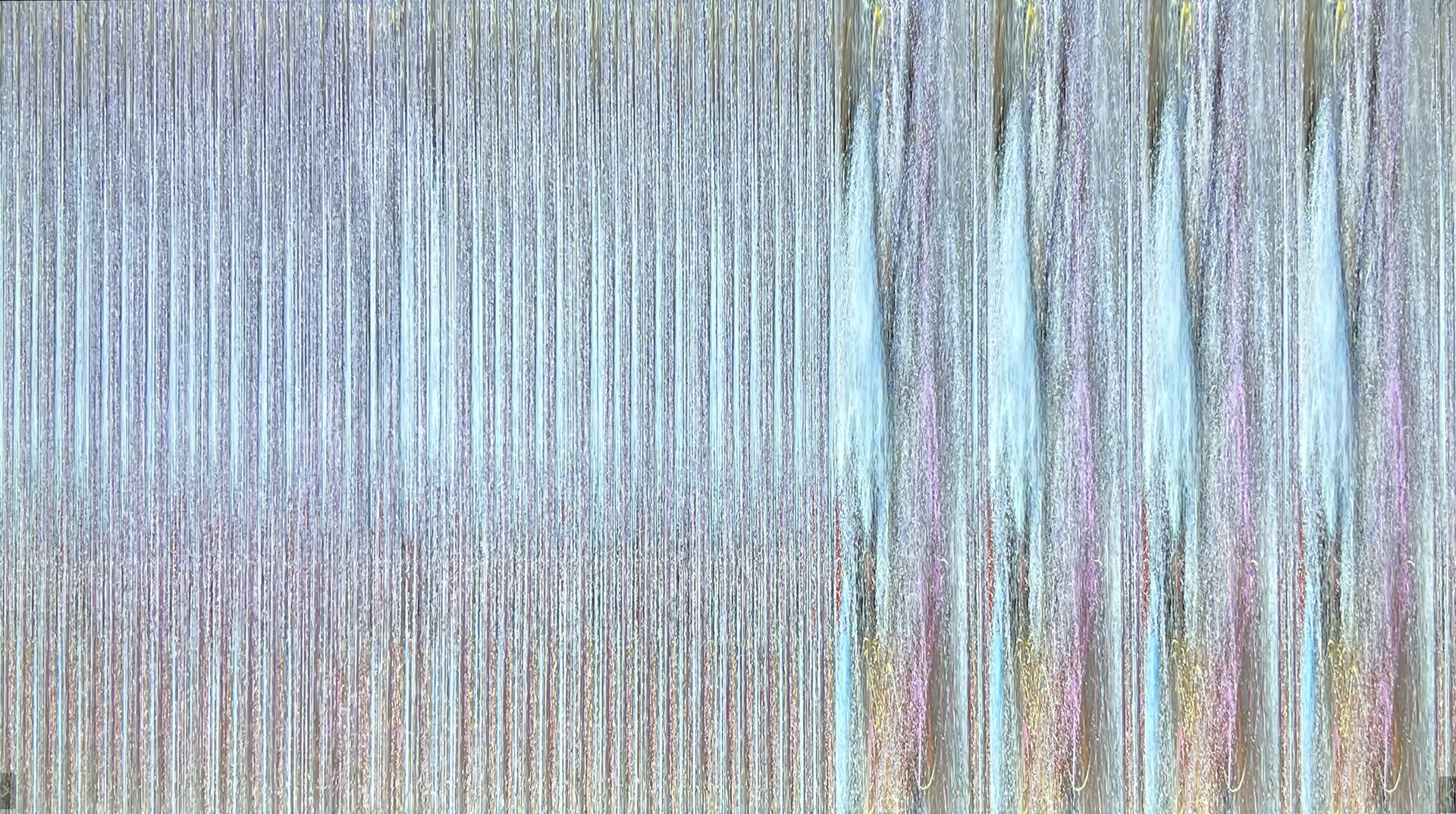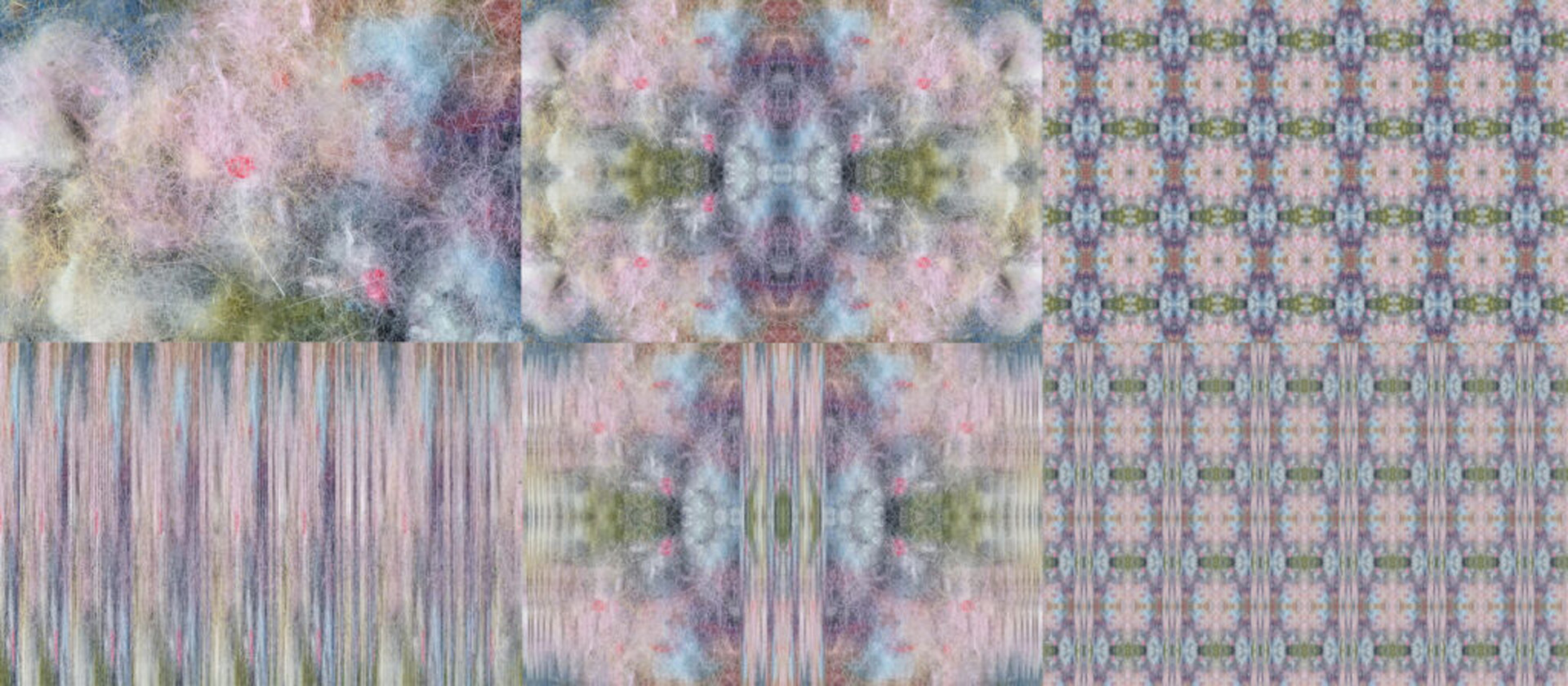“Quantum Chaos set” by Paul Thomas, Jan L. Andruszkiewicz
Title:
- Quantum Chaos set
Artist(s) and People Involved:
Exhibiting Artist(s):
Symposium:
- ISEA2022: 27th International Symposium on Electronic Art
-
More artworks from ISEA2022:


Venue(s):
Artist Statement:
What we do understand is that it is fundamental to existence. Thomas’s current research questions quantum and nanotechnologies that are utilised as part of his concepts of capturing reality in the act of happening. New emergent technologies and traditional materials are explored in his work in relationship to how he visually expresses an alternative comprehension of the invisible, inaudible and intangible phenomena studied in physics.
An electron is seen as being analogous to the movement of a spinning top. When a spinning top goes out of its spin cycle, it falls into chaos in the same way an electron in a quantum position is governed by its spin. The set draws from the analogy of the axis of a spinning top that creates a cloud of points that disappear and reappear based on the probability data from Professor Andrea Morello’s lab at University of New South Wales, developed by PhD students Serwan Asaad and Vincent Mourik. In Thomas’s digital artwork, a sorting algorithm developed in collaboration with artist Jan Andruszkiewicz in 2019, utilises speculative quantum data to transform a photographic image. In the artwork, data affects the materiality of photographic images of felt fibres, referencing Gilles Deleuze’s and Felix Guattari’s concept of smooth and striated space. The smooth space of felt is not woven, knitted, knotted, intertwined or laced. It is not a striated space where the woven fabric measures the boundary of the body’s movement in space. It has its own integrity; its tensile strength is born of chaos. The material becomes a second skin between the body and the world.
This fibrous character becomes reconfigured by the speculative quantum chaos data using a sorting algorithm to reposition every pixel in the photograph of felt fibres. The program when executed randomly selects one of ten images and Husimi quasi-probability distribution data a text file from 223,966 samples—transforming by rearranging in real-time the digital photographic images’ fibrous character of felt. An accretion of animated motion evolves over time as the fibrous image is sorted from its classical chaos to one born out of quantum chaos. Each sort of the data weaves a series of linear transformations of the felt fibres to reveal new patterns that correspond to a probability of meaning: chaos begetting chaos as an ongoing, entangled real-time process visualising a liminal space between worlds.
Website:
Video:
Category:
All Works by the Artist(s) in This Archive:
- Paul Thomas

Uncontainable: The World is Everyth...
[ ISEA2011]
Quantum Consciousness
[ ISEA2015]
Quantum Chaos set
[ ISEA2022]- Jan L. Andruszkiewicz

Weather Inflections
[ ISEA2011]
Quantum Chaos set
[ ISEA2022]






